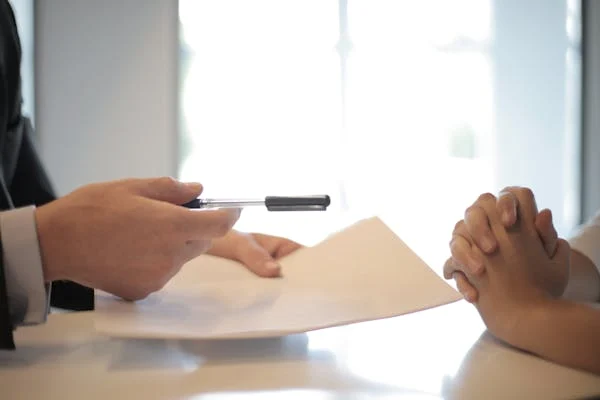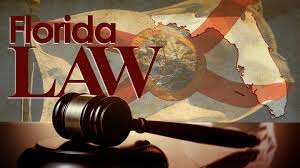How to File a Car Insurance Claim Successfully
Owning a car comes with numerous responsibilities, and one of the most crucial aspects is having car insurance. Accidents can occur unexpectedly, and knowing how to file an insurance claim efficiently is vital. This article provides an in-depth guide on how to successfully file a car insurance claim, ensuring you understand every step involved.
Understanding Your Policy
Before filing any claim, familiarize yourself with your insurance policy. Knowledge of your coverage types, limits, deductibles, and exclusions is essential. Comprehensive understanding aids in setting realistic expectations about what your insurance will cover and helps avoid possible hiccups during the claims process.
Immediate Steps After an Accident
1. Ensure Safety and Notify Authorities
After an incident, prioritize safety. Check for injuries and call emergency services if necessary. Regardless of the accident’s severity, report it to the police to obtain an official record—essential for verifying details later.
2. Gather Information
Collect crucial information at the scene. This includes:
- Details of all involved parties (names, contact numbers, and addresses)
- Insurance information of the other driver(s)
- Vehicle descriptions (make, model, year, and license plate numbers)
- Location details and time of the accident
- Eyewitnesses’ contact information
3. Document the Accident Scene
Use your smartphone to take clear photos of the accident scene from multiple angles, capturing vehicle damage, road conditions, and any relevant road signs or signals. Visual documentation provides concrete evidence as part of your claim.
Reporting the Claim
1. Contact Your Insurance Company
Notify your insurance company as soon as possible, ideally within 24 hours. Most insurers offer multiple channels for reporting claims—via a phone call, online portal, or mobile app. When initiating the claim, be prepared to provide:
- Your policy number
- A concise description of the accident
- Copies of the police report and photographs
2. Cooperate Fully with Insurers
Throughout the claims procedure, maintain transparency and cooperation with your insurance adjuster. Respond promptly to their requests for information or documentation. Honesty and clear communication can expedite the processing time and reduce ambiguity.
Processing and Evaluation
1. Damage Assessment
An insurance adjuster will assess the vehicle damage. They might visit in person or request photo submissions. The adjuster will estimate repair costs, integral to the settlement decision.
2. Understanding Fault Determination
The adjuster will determine fault based on evidence, witness accounts, and police reports. Fault determination can significantly impact the claim outcome, especially in no-fault states where each driver’s insurance pays for their losses regardless of fault.
Post-Claim Saga
1. Accepting the Settlement
Once the insurer evaluates all information, they will offer a settlement. Review the offer thoroughly; ensure it covers all necessary repairs and medical costs. If you find discrepancies, negotiate with your adjuster.
2. Repairing Your Vehicle
Choose a reliable repair shop, possibly recommending those from your insurance’s network. Approved providers might offer warranties on repairs and direct billing, easing your financial burden temporarily.
3. Follow Up
If repairs are delayed or issues arise, remain vigilant by maintaining regular communication with the repair facility and insurer.
Additional Tips for a Successful Claim
- Keep Records: Document every interaction with your insurance company, taking note of dates, names, and communicated details.
- Stay Organized: Retain receipts, estimates, and all paperwork received throughout the claim process.
- Know Your Rights: Understand local and state insurance regulations concerning claims, providing you leverage during negotiations.
Conclusion
Successfully filing a car insurance claim hinges on preparedness and informed action. By following the steps detailed above, you can ensure that the process is as smooth as possible, leading to a fair settlement and quick post-accident recovery. Remember, the key lies in immediate response, thorough documentation, and open communication with your insurer.










